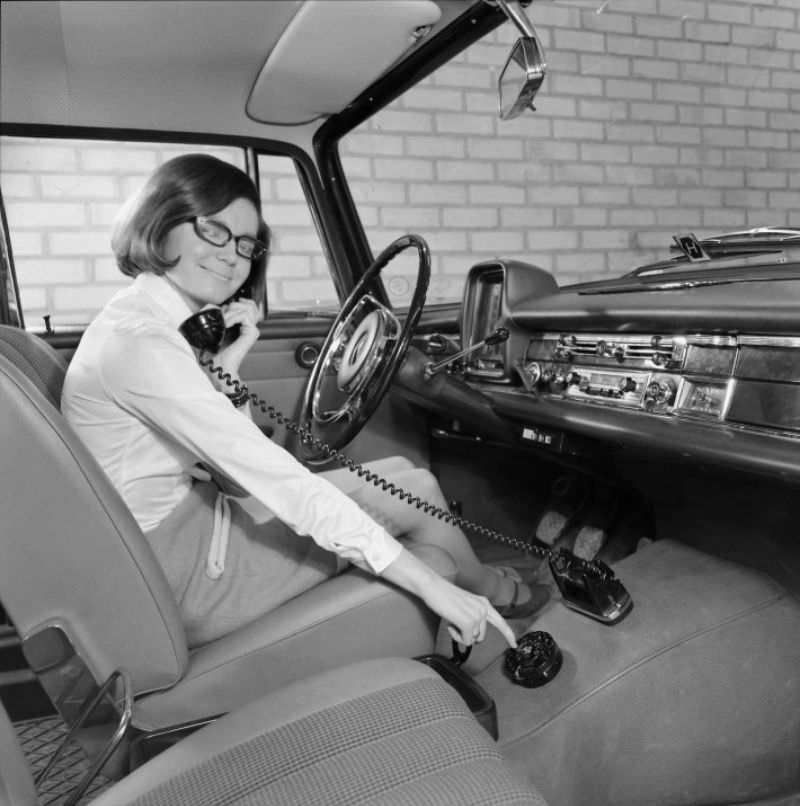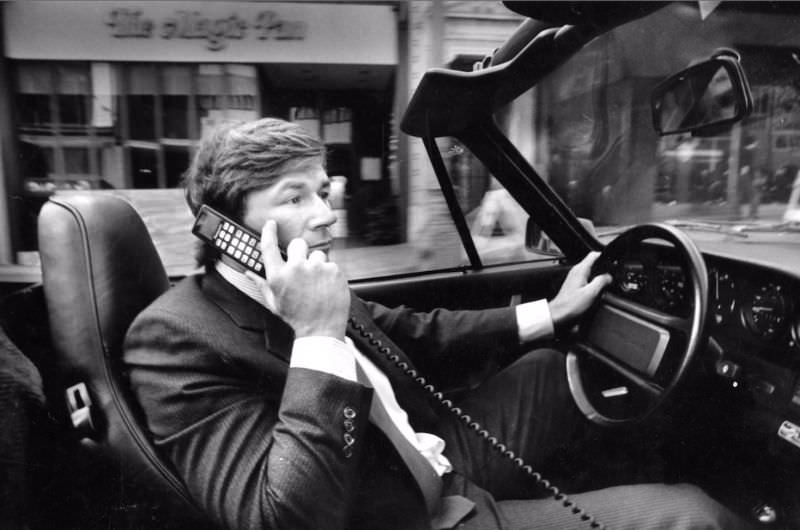The evolution of car phones from the 1940s to the 1980s marks a significant chapter in the history of communication technology. This period saw dramatic transformations in both technology and its application, laying the groundwork for the mobile communication revolution that would follow.
Early Beginnings
The idea of a car phone, a telephone specifically designed for use in automobiles, dates back to the early 20th century. However, it was not until the 1940s that the concept began to materialize into a functional device. During this decade, the primary focus was on experimental designs and the establishment of basic functionality.
In 1946, the Bell System introduced the first mobile telephone service in St. Louis, Missouri. This early version of the car phone was rudimentary by today’s standards. It utilized a VHF (Very High Frequency) radio system and was capable of handling only a few calls at a time in a given service area. Users would call an operator, who would then connect their call manually.
The technology behind these early car phones was basic and bulky. The equipment was large, often taking up considerable space in the vehicle. It included a radio transmitter and receiver, which were installed in the trunk, and a handset located near the driver. The system’s limited capacity and the high cost of equipment and calls restricted its use to a select few, typically government officials and wealthy individuals.
Growth and Development
The 1950s and 1960s witnessed gradual improvements in car phone technology and the expansion of service networks. These two decades were marked by enhancements in both the coverage area and the quality of the calls.
In 1964, the Improved Mobile Telephone Service (IMTS) was introduced. This system marked a significant technological advancement over its predecessor. IMTS allowed for direct dialing, eliminating the need for an operator to connect calls. The capacity of the system was also increased, allowing for more simultaneous conversations.
Despite these improvements, car phones during this era remained a luxury. The cost of equipment and service fees were still prohibitive for the average consumer. As a result, the use of car phones was largely confined to business professionals, government officials, and the wealthy.
The Transitional Phase
The 1970s were a transformative period for car phone technology. This decade witnessed significant innovations that would pave the way for the modern cellular phone. The most crucial development of this era was the advent of cellular technology. Bell Labs, the research and development subsidiary of AT&T, played a leading role in this advancement. The concept of a cellular network was proposed, dividing service areas into multiple small cells, each with its own base station. This approach greatly increased the capacity and efficiency of mobile phone networks.
The first trials of this new cellular technology began in the late 1970s. These trials were conducted in select cities, testing the feasibility and functionality of the cellular system. The results were promising, demonstrating the potential for a more widespread and accessible mobile telephone service.
The 1980s marked the beginning of the commercialization of cellular networks. This period saw the transition from the limited, operator-assisted car phone services of the past to the more sophisticated and accessible cellular networks. In 1983, the first commercial cellular network was launched in the United States by Ameritech Mobile Communications in Chicago. This development was a milestone in the history of mobile communication, marking the start of the cellular era.

























